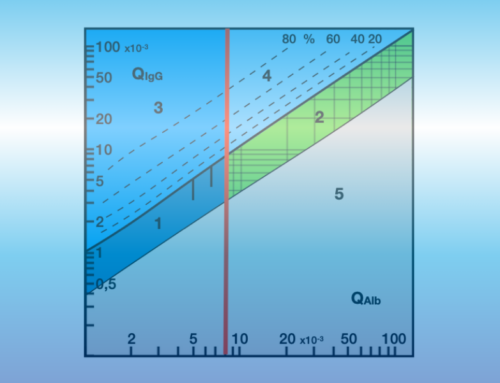Autumn has begun and with it the flu season. Cough, sore throat, runny nose and fatigue are the main symptoms of seasonal influenza – or COVID-19?
Many patients are not sure whether they have contracted seasonal flu or COVID. As both infectious diseases have similar symptoms, it is not always easy for doctors to make the correct diagnosis based on symptoms alone. This is where a point-of-care rapid test helps, which can identify the most common SARS-CoV-2 variants and influenza A & B antigens at the same time.
The symptoms of both infections are relatively similar. Fever, dry cough, runny nose, sore throat, headache and aching limbs are among the main symptoms of COVID-19. The most obvious difference between influenza and COVID-19 is the temporary loss of the sense of smell and taste. This symptom has not yet been observed in seasonal influenza. Corona can also lead to respiratory problems and even severe pneumonia. It is not uncommon for patients to be symptom-free for the first few days. In some cases of COVID-19, there are even no symptoms at all.
The main symptoms of seasonal influenza include a sudden onset, often high fever and a sudden, very severe feeling of illness with headaches, muscle and joint pain. If the lungs are also affected, a dry cough and sometimes shortness of breath can occur. If you are infected with a flu virus, the common cold is much more common than if you are infected with COVID-19.
Both COVID-19 and influenza are similarly contagious and can lead to serious complications and even death in at-risk groups. Both pathogens are transmitted by droplet infection. In contrast to the coronavirus, the incubation period for influenza is only two to three days. With COVID-19, it is six days on average.
Despite the almost identical symptoms, there is a crucial difference between the two infectious diseases: SARS-CoV-2 is still relatively new. As a result, most people do not yet have an immunological memory for this pathogen. As a result, the disease can be much more severe with COVID-19 than with seasonal influenza. It therefore makes sense to make an accurate diagnosis using a 2019-nCoV + influenza A/B antigen test.
Conclusion:
3 distinguishing features of COVID-19 and seasonal influenza:
1. Course of the disease
Influenza symptoms usually occur suddenly. The person affected feels very ill within a few hours and may develop a high fever. An infection with the coronavirus tends to worsen slowly over several days.
2. Sense of taste and smell:
Sudden complete or partial loss of the sense of smell and taste with a COVID-19 infection. Similar symptoms can also occur with a severe cold, but then more gradually.
3. Runny nose:
Runny nose occurs much more frequently with influenza than with an infection with COVID-19.
NOTE: Only a test, e.g. the 2019-nCoV + influenza A/B antigen test, can provide certainty.







